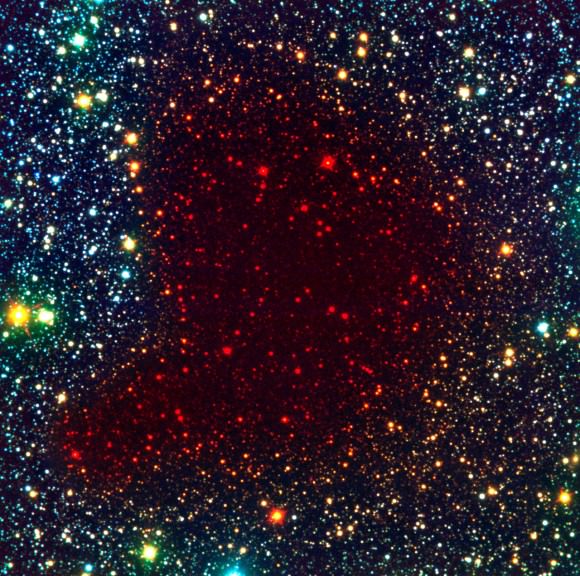Anyone who has looked at stars in the night sky (especially ones low on the horizon) has undoubtedly seen the common effect of twinkling. This effect is caused by turbulence in the atmosphere as small over densities cause the path of the light to bend ever so slightly. Often, vivid color shifts occur since the effects are wavelength dependent. All of this happens in the short distance between the edge of the atmosphere and our eyes. Yet often times, giant molecular clouds lie between our detectors and a star. Could these clouds of gas and dust cause a twinkling effect as well?
(...)
Read the rest of Interstellar Scintilation (408 words)
© jvois for Universe Today, 2010. | Permalink | 3 comments | Add to del.icio.us
Post tags: molecular clouds, stars
Feed enhanced by Better Feed from Ozh
"
No hay comentarios:
Publicar un comentario